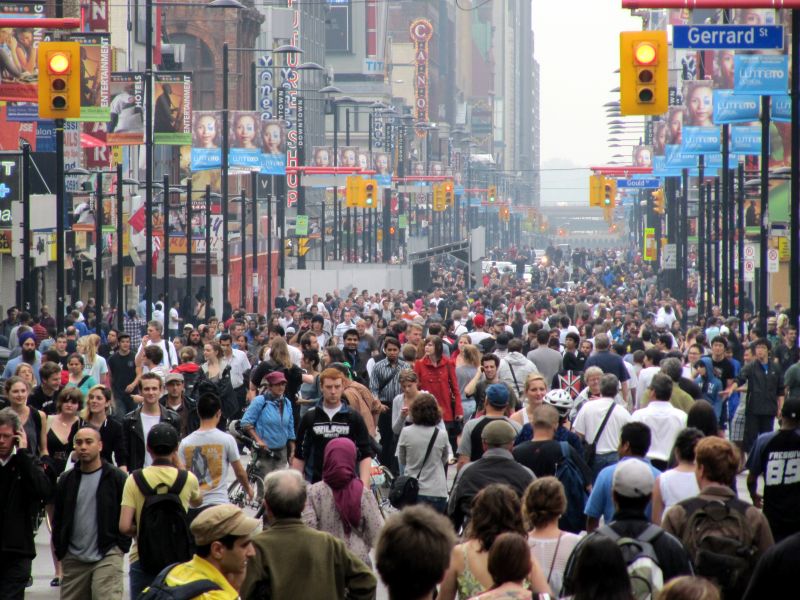LONDON, 28 October, 2016 – The world’s cities are growing even faster than the human population. Within the last 40 years, the global population has increased by a factor of 1.8, but built-up areas have multiplied 2.5 times.
All of this information, and much more, appears in a new European Commission (EC) publication called the Atlas of the Human Planet, prepared to coincide with the recent third UN Habitat conference in Quito, Ecuador.
The Atlas shows that, 40 years ago, most of the world’s 4.1billion population lived in rural areas. Now more than half live in towns and cities − urban clusters that cover 7.6% of the planet’s land mass, equivalent to an area about half the size of the European Union.
Most of the people in the world are crammed into urban centres with a density greater than 1,500 persons per square kilometre, and in settlements greater than 50,000 inhabitants.
Altogether, geographers have identified 13,000 urban centres, altogether surrounded by 300,000 “urban clusters” of at least 5,000 inhabitants living at a density of 300 per square kilometre.

